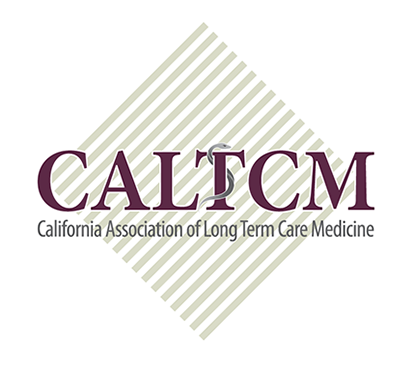| INTERACT: The Tipping Point? |
|
In my experience, INTERACT conferences and training programs always sell out. When CALTCM offered an INTERACT conference in 2010, soon after INTERACT debuted nationally, the event sold out. In 2011, when INTERACT developer Dr. Joseph Ouslander and his national team (disclosure: I am a member) offered a series of teaching teleconferences to spread INTERACT, more than 100 nursing homes across the country—twice our original enrollment goal– registered. Last summer, two INTERACT Bootcamps sponsored by CALTCM, the California Association of Healthcare Facilities, and Health Services Advisory Group sold out, with more than 150 attendees at each location (Foster City and Anaheim). And now next week, an INTERACT Institute, featuring experts from the national INTERACT development team, will be held in Boca Raton, Florida. And—you guessed it—the event has sold out, with an estimated 100 long-term care professionals from across the nation registered to become “INTERACT educators” at this four-day train-the-trainer event. Continued and seemingly growing demand for INTERACT is good news for nursing home residents and their families for this is one of very few interventions that has been shown to reduce avoidable hospitalizations among this vulnerable population. While some hospitalizations are necessary and desirable, research shows that many transfers from the nursing home—as many as two-thirds—are avoidable and expose frail residents to unnecessary health risks. With the INTERACT Institute, the spread of this quality improvement strategy promises to accelerate, as newly trained INTERACT educators act as advocates in their communities. This, too, is good news, for it signals that INTERACT is fast becoming the practice standard for nursing homes in neighborhoods throughout the country. In addition to offering standardized tools that work together to improve care, INTERACT now provides a common language and set of expectations that service providers throughout the continuum of care can refer to and act on. In our coaching calls, for instance, we hear that the user-friendly Stop & Watch tool is being implemented not only in nursing homes, but also in some hospitals and assisted living facilities. In other words, providers in multiple settings know what this tool is and what purpose it serves. In turn, this common knowledge facilitates use of the tool and helps speed care improvements. Similarly, INTERACT’s Acute Care Transfer form is often the center of new collaborations between nursing homes and hospitals, again according to reports from our coaching calls. When leaders from both settings meet for the first time, the transfer tool may frame the discussion as both parties work to create a common tool that assures each receives the information it needs whenever a transfer occurs. Increasingly, these new partners continue to work together on other care quality concerns. In short, the growing familiarity of INTERACT spurs further adoption, just as a tipping point signals the rapid and dramatic expansion of any new idea or product. In turn, increased adoption helps facilitate care improvements. To be sure, there are competing quality improvement systems available, including a growing number of electronic systems. But INTERACT, a turn-key program available online at no cost, often seems the system against which all comers are compared. And that, too, is good news, for INTERACT sets a high bar. Nursing home residents deserve nothing less. |

